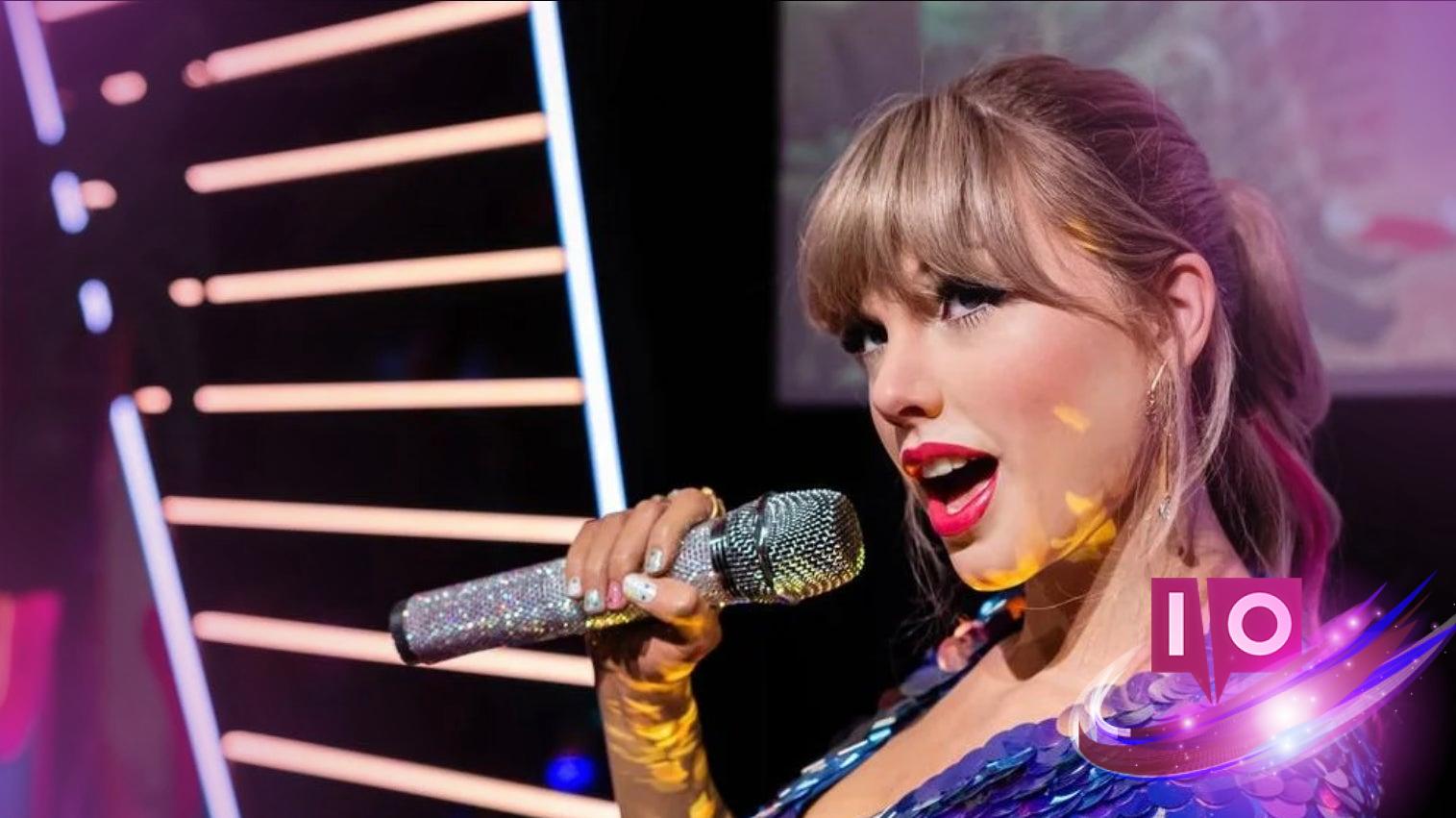Taylor Swift once said, “You deserve to own the art you make.” This principle seems to be at odds with the reality many artists face today, particularly those whose work gets siphoned into the generative AI landscape. As anticipation grew around her latest album, “Life of a Showgirl,” fans were thrilled by a series of Easter egg videos meant to elevate excitement. However, eagle-eyed fans quickly raised suspicions about the potential use of AI-generated imagery within these teasers, prompting a wave of Swift-themed investigations.
The controversial AI elements emerged in a sequence of promotional videos accessible through QR codes placed on 12 distinctive orange doors across various cities. Though initial uploads via YouTube Shorts are now missing, Gizmodo managed to check some reuploads on different platforms. Each of these clips showcased cryptic phrases, encouraging viewers to remember, “You must remember everything, but mostly this, the crowd is your king.” However, the real concern became, “Why do some elements of these videos look peculiar?”
While nobody from Swift’s team has confirmed the use of generative AI in these promotional materials, the evidence is intriguing. Observers noticed instances of clipping and disappearing images in certain videos, hinting that AI might be involved. These videos appear to be linked to a partnership with Google, as reported by The Tennessean, which covered the reveal of the orange doors in Nashville. Gizmodo reached out to Google for insights into their role, but there was no response by the publication date.
This is AI, watch the hanger randomly disappear
Taylor swift a billionaire, is using AI for promotion. https://t.co/OyzamoLdtQ pic.twitter.com/f4rp7fWBCT
— Happi (@HappiiFunTime) October 4, 2025
Fans have also identified certain letters within the videos riddled with AI-generated qualities. For example, a treadmill in one video displayed buttons that read “MOP,” “SUOP,” and “NCLINE,” appearing distorted enough to suggest more than just age or wear. Another scene features an odd notebook with nonsensical text that humans typically don’t write.
this is ai + either taylor is the powerful woman that has power over every aspect of her art (music, promo etc)so she definitely approved this or she doesn’t let’s not switch narratives only when it benefits taylors ok? pic.twitter.com/mCkplSDuxw
— fifo | the life of a showgirl (@closureblvd) October 5, 2025
Not a criticism of Taylor herself, moreso her team/company…. the lettering on this treadmill is a very well known indicator of AI generated text. pic.twitter.com/qCDzoCkufW
— katie (@13poetsdept) October 4, 2025
Generative AI models are known for their inability to generate accurate text because they lack real understanding. This explains why, while they can create images of objects like clocks, they struggle to display specific times accurately, as they do not grasp the concept of time itself.
The inconsistencies in Swift’s promotional videos were notable. Fans pointed out moments such as a squirrel transforming into a chipmunk and variable lamp counts in different scenes. Swifties were particularly perturbed by the AI-generated representations of instruments used in her Eras Tour, a nod to the craftsmanship celebrated around the custom-built guitars and pianos of the performance.
However, it’s essential to clarify that generative AI didn’t appear to influence the music videos or the feature film released alongside this album. Gizmodo also reached out to Taylor Swift’s representatives and the cinematographer for comments on potential AI involvement, but no responses were available at the time of publication.
At first glance, this seems like a significant oversight. When you present enigmatic visuals to dedicated fans who dissect every detail, expecting them not to notice oddities seems unrealistic. Could these peculiarities simply be another layer of hidden messages? Only time—and the artist—will tell.
What does generative AI mean for creative autonomy in art? As artists like Taylor Swift set the tone for their work, it’s a critical conversation for fans and critics alike. It’s essential to stay informed about these ongoing discussions that shape the future of artistry. Interested in diving deeper into similar topics? Check out Moyens I/O.
